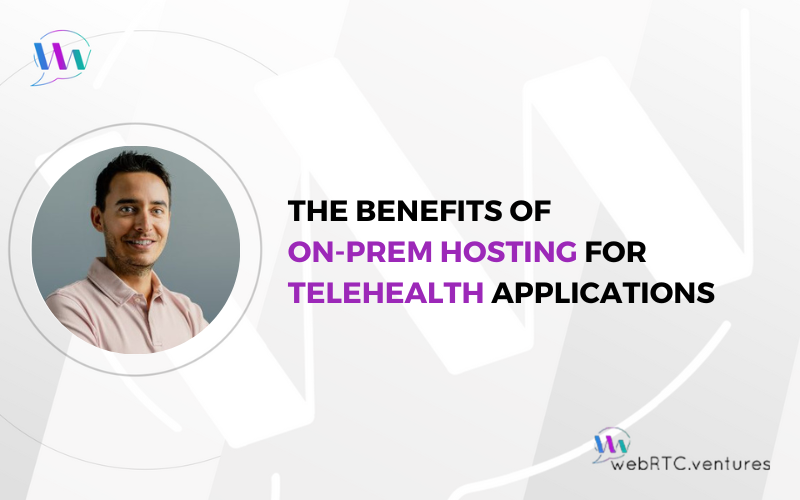The healthcare landscape has been transformed, especially in the last three years. Telehealth is no longer just a temporary solution; rather a fundamental component of modern healthcare delivery. This is true for both everyday general healthcare and a growing array of specialized services such as telepathology, telecardiology, telesurgery, teleradiology, teledermatology, and of course, teletherapy and telepsychiatry.
Security and Privacy Considerations
Compliance with privacy and security standards is crucial in telehealth, irrespective of the speciality. In the US, compliance with HIPAA regulations is essential. In the EU, there is GDPR. In Canada, there is PIPEDA. Not to mention other worldwide and local regulations.
An important aspect of building HIPAA-compliant apps is the misconception that compliance is solely about technology. In reality, it's as much about organizational processes and training.
For insights on building HIPAA-compliant apps, refer to our blog post: How to Build HIPAA Compliant Video Applications.
Telehealth Hosting Options
The choice of where to host your application greatly impacts data privacy and security compliance. Generally, there are three choices:
- Hosting in the cloud
- Hosting off-premise (a.k.a. a third-party platform)
- Hosting on-premise
While each option offers unique challenges and benefits, hosting your telehealth application on-Premise (a.k.a. on-prem) has distinct advantages.
Benefits of On-Prem Telehealth Solutions
On-premises software is installed and runs on computers on the premises of the organization using the software, rather than at a remote facility or in the cloud.
Opting for on-premise solutions introduces specific challenges and responsibilities, like network configuration, server management, and software updates.
However, despite the added responsibility of infrastructure management, the benefits are clear:
- Greater Autonomy and Control: For medium to large healthcare providers with existing infrastructure, hosting services on-premises offers more control. This control is crucial in handling sensitive health data, where direct oversight of security and privacy can be an advantage.
- Cost Efficiency: Existing IT infrastructure can be leveraged to reduce costs. Particularly in telehealth, where video traffic demands substantial bandwidth, on-premise solutions can significantly cut these expenses, making it a cost-effective alternative in the long run.
- Heightened Customizability and Scalability: On-premise solutions offer a higher degree of customizability. Healthcare providers can tailor the infrastructure to their specific needs and scale it as necessary, without the constraints encountered with cloud services.
Call on the Telehealth Experts
WebRTC.ventures has been at the forefront of telehealth platform development, testing and management since 2015. Our experience ranges from collaborating with Fortune 1000 telemedicine companies to innovative startups.
- We built Albania’s first telemedicine platform.
- We built a cutting edge WebRTC audio application to track and surface key moments in surgical procedures, leveraging the Amazon Chime SDK and Symbl.ai.
- We stepped in to help a large teletherapy group when their solution had been suddenly sunsetted.
- We even built our own telehealth starter kit, SimplyDoc.
- And much more.
Our expertise lies not just in building high-quality, scalable telehealth applications but also in understanding the unique needs and challenges of our clients. For a partnership that offers communication, understanding, and the commitment to excellence, WebRTC.ventures is your go-to team! Contact us today.













